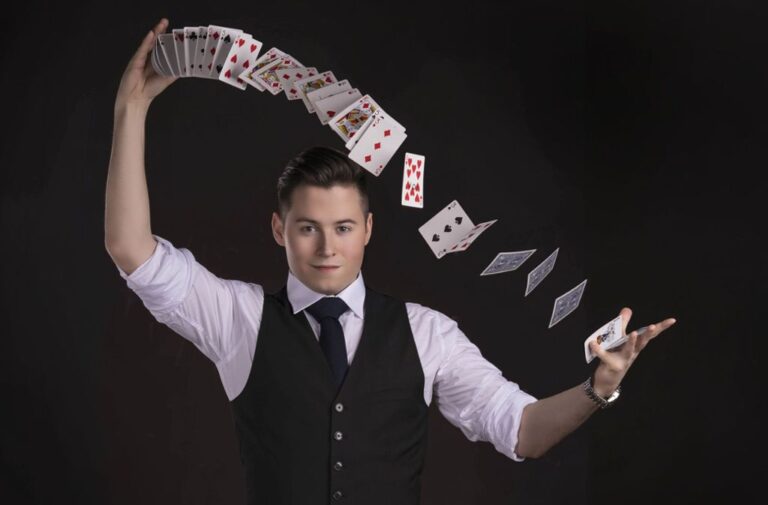
Have you ever wondered how people dressed up for St. Patrick’s day a few centuries ago? Or maybe you are curious about what’s the trendiest outfit for the current celebration of 17th March? If you answered “yes!” to any of those questions, let’s embark on a retrospective and unforgettable journey through the fashion evolution of St. Patrick’s Day, examining how traditional attire has influenced modern fashion trends and offering style tips for celebrating in vogue.
St. Patrick’s Day, which is celebrated annually on March 17th, is not just a time for revelry and the wearing of the green; it’s also a fascinating journey through the evolution of fashion. From traditional garments reflecting Irish heritage to modern, trendy interpretations, St. Patrick’s Day fashion has undergone a remarkable transformation over the years, you can see by checking the modern accessories and apparel for St. Patrick’s Day, as you can see on websites as this https://www.shamrockgift.com/st-patricks-day-gifts
- Traditional Roots:
The traditional St. Patrick’s Day wardrobe is deeply rooted in Ireland’s cultural heritage. For centuries, celebrants donned garments showcasing Ireland’s national color, green, often complemented by accessories featuring symbolic motifs like shamrocks. The classic Irish Aran sweater, with its intricate cable-knit patterns, has been a staple, embodying both warmth and cultural pride.
- Emergence of the Green Attire:
The widespread association of St. Patrick’s Day with the color green can be traced back to Ireland’s lush landscapes and the green hills that inspired poets and artists. It was in the 17th century that the green attire became a symbol of the day, honoring St. Patrick, the patron saint of Ireland.
- From Folklore to Runway:
In the late 20th century, St. Patrick’s Day fashion took a bold turn from folkloric representations to more contemporary styles. Designers began incorporating green into their collections, and the runway witnessed an influx of modern interpretations of Irish themes. Traditional elements, such as Celtic knot patterns, began to appear in more fashion-forward designs, bridging the gap between heritage and haute couture.
- Celebrities Setting Trends:
The 21st century brought a new wave of St. Patrick’s Day fashion, with celebrities playing a pivotal role in setting trends. Notable figures began showcasing how to incorporate green into everyday looks, from casual wear to red carpet appearances. Celebrities weren’t just wearing green for luck; they were turning it into a fashion statement.
- Modern Takes on Traditional Symbols:
Contemporary designers continue to draw inspiration from Irish symbols, reimagining them in innovative ways. Shamrocks, once confined to accessories, now find themselves on graphic tees, sneakers, and even designer handbags. This blending of tradition and modernity allows individuals to honor Irish heritage while staying on-trend.
- Inclusivity and Diversity:
In recent years, St. Patrick’s Day fashion has evolved to embrace inclusivity and diversity. People of all backgrounds and cultures now participate in the celebration, and their fashion choices reflect a global fusion of styles while incorporating the iconic green theme.
In conclusion, the evolution of St. Patrick’s Day fashion mirrors the dynamic relationship between tradition and trendiness. From its roots in Irish heritage to the contemporary runway and street styles, St. Patrick’s Day fashion continues to evolve, proving that celebrating cultural identity can be both timeless and trendy. So, this March 17th, as you reach for that green ensemble, remember that you’re not just wearing a color; you’re embodying a rich tapestry of history and style!






